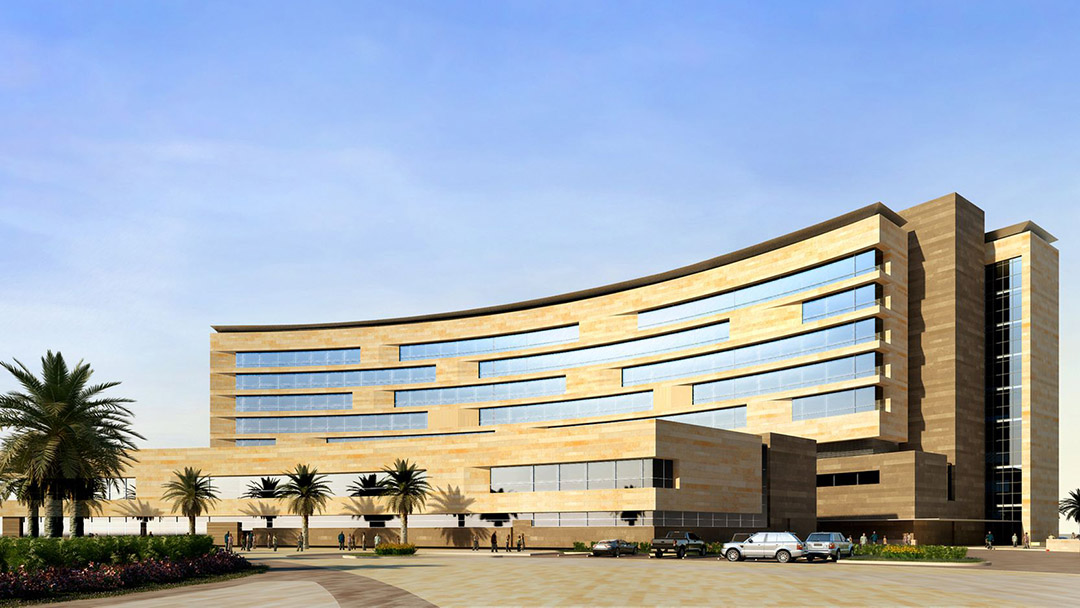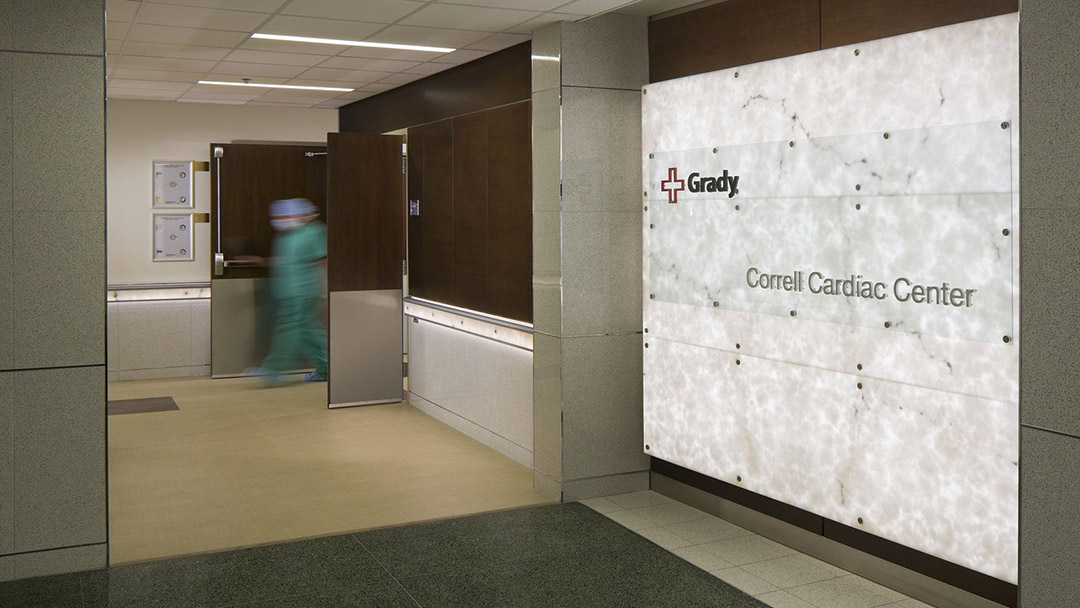Recent Articles
How to be an effective healthcare designer
Eduardo Egea, managing principal of our Miami design studio, is passionate about healthcare design. In this blog, he unpacks his 2019 CODDI keynote address, given this March in Puerto Rico, sharing insights about the mindset of a successful healthcare designer.
How to be an effective healthcare designer
Insights from my 2019 CODDI keynote address in Puerto Rico
by Eduardo Egea, AIA, NCARB
Last week I had the honor of addressing an audience of designers in Puerto Rico as the keynote speaker at the annual convention of Colegio de Disenadores – Decoradores de Interiores (CODDI). It was fascinating and energizing to return to the West Indies to share lessons learned over a career in healthcare design. As someone who has been involved in relief efforts in the wake of Hurricane Maria, it’s clear that the West Indies needs great design now more than ever. After getting to know many of the CODDI members during my trip, it was great to see that the talent is there to make a difference in the health, resiliency, and future of the region.
In this blog I will briefly lay out some of the main points of my CODDI keynote address. These are ideas that inspire everything I do as the leader of LEO A DALY’s Miami design studio.
Be an adviser
The main message I wanted to convey at CODDI is that we should think of ourselves as advisers to our clients. Some architects merely provide a drafting service, but that’s not enough. We need to embrace our role as leaders in the healthcare industry, and work with our clients to develop new methodologies of delivering care. To do that effectively, we must be researchers in addition to designers, capable of questioning assumptions and participating in a meaningful dialogue with our clients. Every decision we make must be in service of the triple aim: delivering better care to more patients for less money.
Be a problem-seeker
People often view architecture as a problem-solving profession, but that’s only half-right. We must provide the right solutions to the right problems. Problem seeking begins in strategic planning, where we use data analytics and LEAN process-improvement exercises to uncover the hidden inefficiencies in the system. With these identified, we can consider which problems to solve. For example, is the Emergency Department running out of beds because of an undersized ED, or because of a backlog somewhere else in the hospital? Problem-seeking helps us focus our client’s capital resources in the right places, avoiding unnecessary construction, and improving the overall operation of the health system.
Be a disruptor
The profession of architecture has never been more ripe for disruption. Technologies such as Augmented Intelligence (AI), Augmented Reality (AR), and prefabrication offer opportunities for future-focused designers to automate and improve design and construction processes in ways that weren’t imaginable a decade ago. Smart architects will not wait for Silicon Valley to actualize the potential of these technologies. We should be harnessing big data today to make our designs more efficient, more universal, and more adaptable for a future that promises to change even more.
Be responsible
Climate change is here, and no one knows this more acutely than Puerto Rico. As designers, we have the responsibility to fight it, both in terms of reducing the carbon footprint of the buildings we design, and in helping our clients remain resilient to the increasing natural disasters we all face. Buildings are responsible for 39 percent of annual global greenhouse gas emissions, and hospitals are one of the most energy-intensive building types. Reducing their energy consumption and decreasing their reliance on fossil fuels is a no-brainer. Designers also have a responsibility to help health systems cope with rising sea levels, increasingly powerful storms, worsening wild fires and other threats. That’s as true for buildings as it is for the municipal infrastructure that keeps them running.
Healthcare design is more than just creating beautiful and functional facilities – it’s an overall point of view that seeks to improve the human experience by keeping communities healthier. By knowing our craft and applying it responsibly, we can help health systems improve access to care, quality of care and cost of care, now and in the future.
 About the Author
About the Author
Eduardo Egea, AIA, NCARB, is vice president and managing principal of LEO A DALY’s Miami design studio. In this role, Eduardo facilitates a collaborative and iterative design process, using simulation and prototyping, to research and test the effectiveness of promising design solutions that may impact patient safety in high-stress healthcare environments. He has focused his 25-year career on using a multidisciplinary approach to improve patient safety in healthcare through the development of tools and built-environment solutions. He can be reached at esegea@leoadaly.com.








